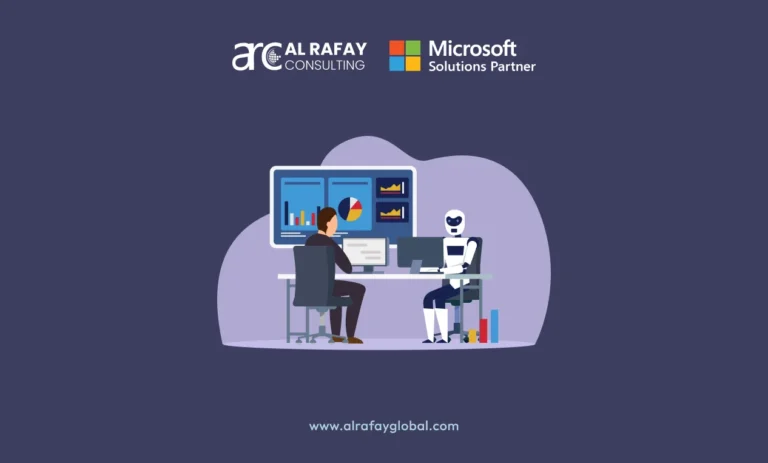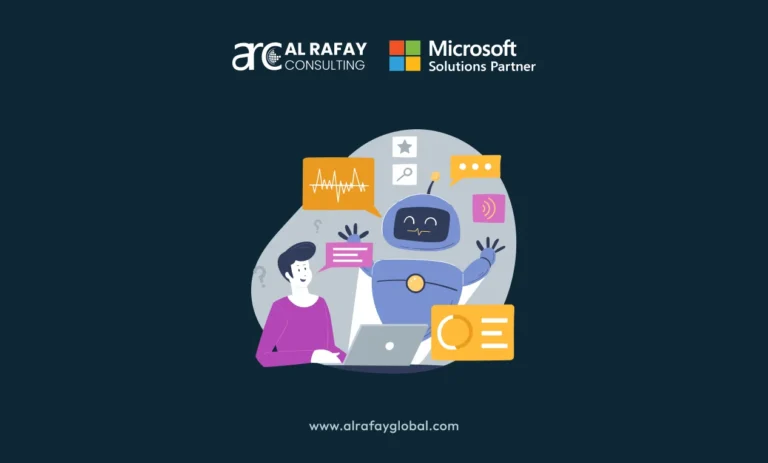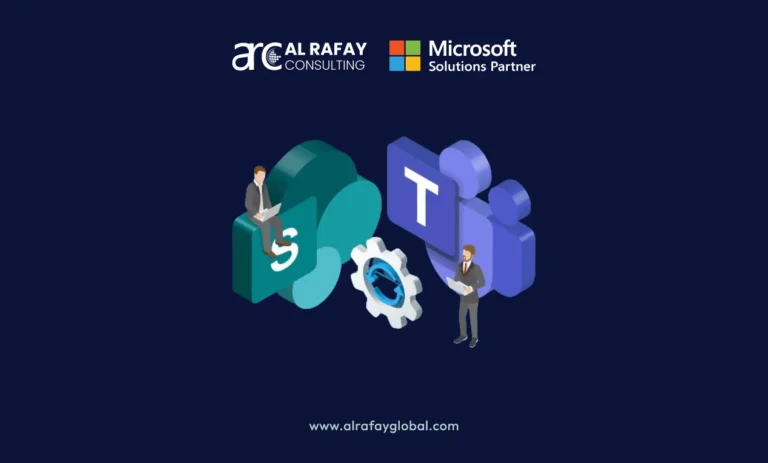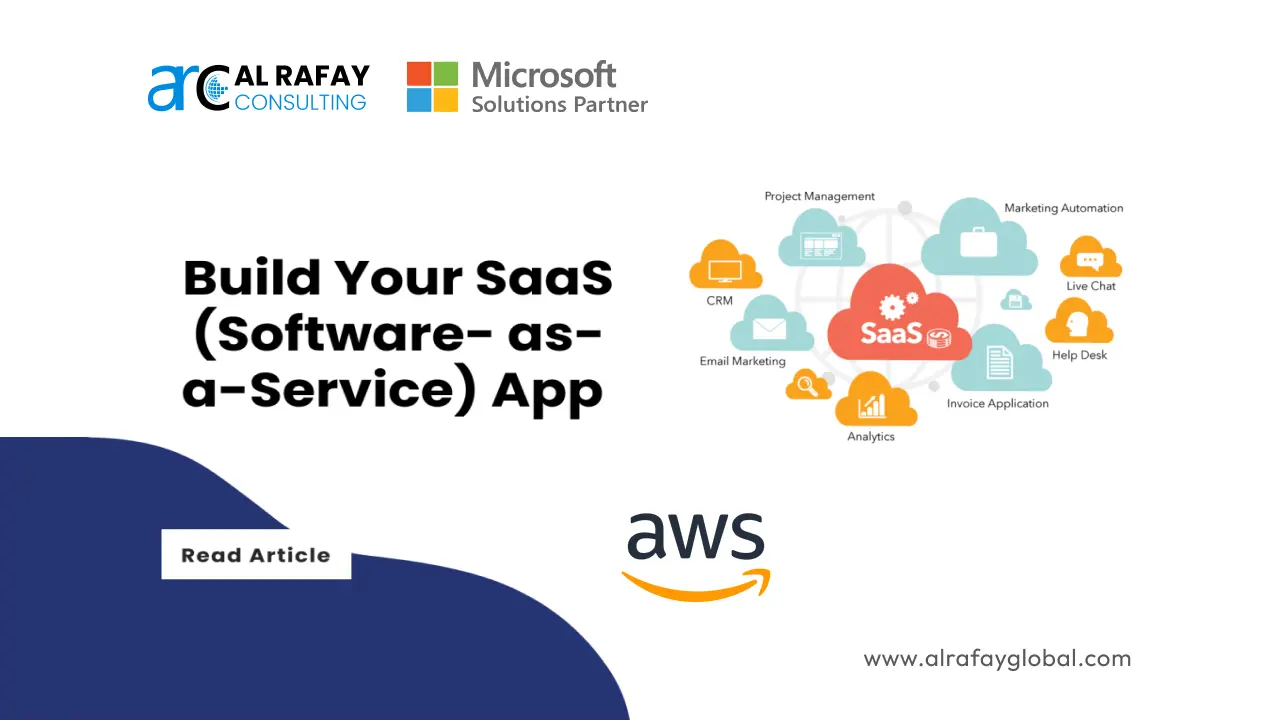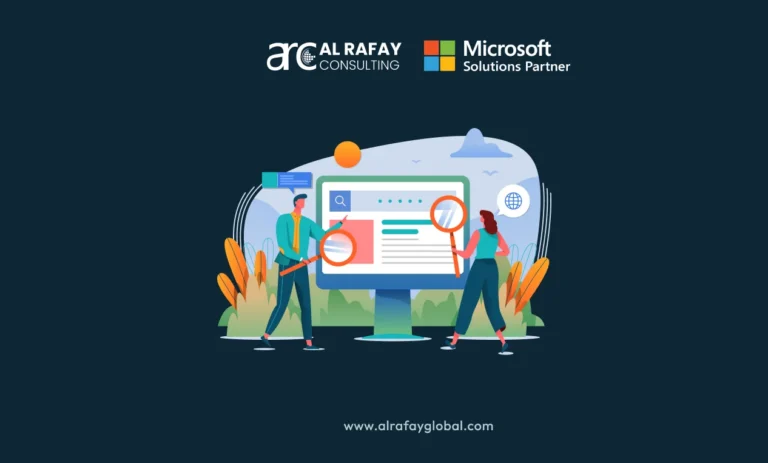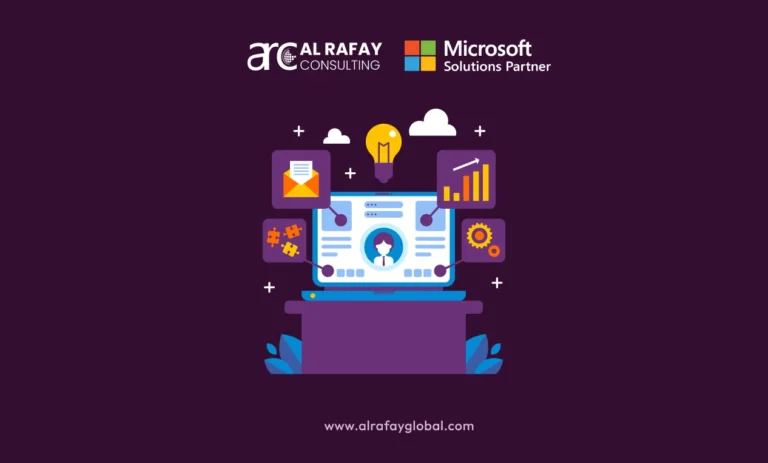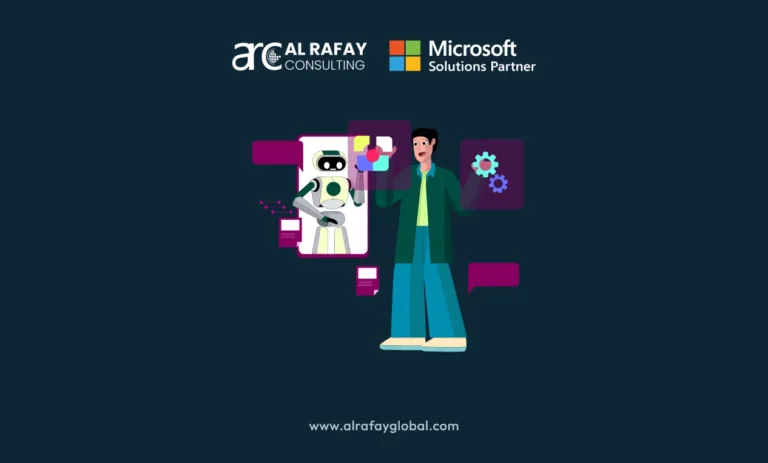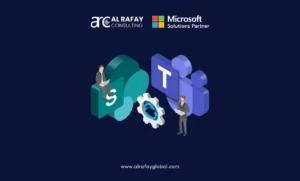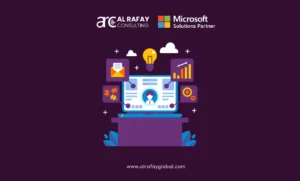In today’s fast-paced digital landscape, the Software as a Service (SaaS) model has emerged as a cornerstone of modern software delivery. SaaS allows businesses to deliver applications over the internet, eliminating the need for users to install and maintain software locally. This shift has brought about a new era of accessibility, scalability, and cost-efficiency in software development and deployment.
SaaS stands for Software as a Service, a model where software applications are hosted by a service provider and made available to customers over the Internet. This model offers numerous advantages that have led to its widespread adoption.
For starters, SaaS applications are accessible from anywhere with an internet connection, making it incredibly convenient for users. Additionally, the scalability of SaaS means that providers can easily adjust resources to meet demand, ensuring optimal performance without the need for significant upfront investments in infrastructure.
Moreover, SaaS applications operate on a subscription basis, which reduces initial costs for users and provides predictable ongoing expenses. Automatic updates and maintenance managed by the service provider further enhance the user experience by ensuring that applications are always up-to-date with the latest features and security patches.
The goal of this blog is to provide a comprehensive guide on building a SaaS application on AWS. By the end of this guide, you will have a clear understanding of the necessary steps to design, develop, deploy, and maintain a SaaS application using AWS services. This guide will cover everything from planning and architectural design to setting up your AWS environment, developing the application, integrating key features, and ensuring robust deployment and maintenance practices. So, let’s start.
Why AWS for SaaS
Amazon Web Services (AWS) has become the go-to cloud platform for building SaaS applications, and for good reason. AWS offers an extensive suite of services that cater to the needs of SaaS providers, ensuring scalability, reliability, and security. One of the primary benefits of using AWS is its ability to scale resources dynamically. Services like Auto Scaling and Elastic Load Balancing allow applications to handle varying levels of demand seamlessly, ensuring that performance remains consistent regardless of the number of users.
Additionally, AWS provides robust security features, including identity and access management, encryption, and compliance certifications, which are crucial for protecting user data and maintaining trust. The reliability of AWS is another significant advantage, with services like Amazon RDS and DynamoDB ensuring high availability and durability of data. Furthermore, AWS’s pay-as-you-go pricing model allows businesses to optimize costs by paying only for the resources they use, and its global reach ensures low-latency access to applications from anywhere in the world.
Planning and Design
Identify Business Requirements
Before diving into the technical aspects of building a SaaS application, it’s crucial to thoroughly understand the business requirements. This involves identifying your target market and understanding the needs of your potential users. Consider who will be using your application and what problems it aims to solve. This user-centric approach will guide the development process and ensure that the final product aligns with user expectations.
Next, define the core functionalities and features of your SaaS application. What are the essential components that your application must have to be successful? These could include user management, reporting tools, integration capabilities, and more. Clearly outlining these features will provide a roadmap for the development process.
Additionally, consider the pricing models and subscription plans for your SaaS application. Different pricing strategies, such as freemium, tiered pricing, or usage-based pricing, can attract different segments of the market. It’s important to find a balance that maximizes revenue while providing value to your customers.
Architectural Design
A robust architectural design is the foundation of a successful SaaS application. One of the key decisions you’ll need to make is whether to adopt a single-tenant or multi-tenant architecture. In a single-tenant architecture, each customer has their own instance of the software, which offers better data isolation and customization but is more expensive and complex to manage. On the other hand, a multi-tenant architecture involves a single instance of the software serving multiple customers. This approach is cost-effective and easier to manage but requires careful handling of data isolation and security.
The architecture of your SaaS application will also include several key components, such as the frontend, backend, database, authentication, billing, and monitoring. The front end is the user interface and client-side logic, while the back end handles server-side logic and application services. The database is crucial for storing user and application data, and authentication services ensure secure user access. Billing components manage subscriptions and payments, and monitoring tools track application performance and user activity.
To illustrate the architecture and data flow within your SaaS application, consider the following example:
Component | AWS Service | Description |
Frontend | S3, CloudFront | Static website hosting and |
Backend | EC2, Lambda | Server hosting or |
Database | RDS, DynamoDB | Relational or NoSQL |
Authentication | Cognito | User authentication and |
API Management | API Gateway | Creating, deploying, and |
Storage | S3 | Object storage for files, |
Billing | AWS Marketplace, Stripe | Managing subscriptions and |
Monitoring | CloudWatch | Monitoring application |
Logging | CloudTrail | Logging AWS account |
Scaling | Auto Scaling | Automatically scaling |
Load Balancing | ELB | Distributing incoming |
Choosing the Right AWS Services
Selecting the appropriate AWS services is a critical step in building a SaaS application. Each service plays a specific role in ensuring that your application is scalable, secure, and reliable.
For instance, EC2 provides virtual servers for running applications, while Lambda offers serverless functions for running code without provisioning servers. Amazon RDS is ideal for managed relational databases, and DynamoDB is perfect for NoSQL databases requiring high throughput and low latency. S3 provides scalable object storage, and API Gateway helps manage APIs. Cognito handles user authentication and authorization, and CloudFront ensures fast delivery of static and dynamic content.
Auto Scaling and Elastic Load Balancing help manage resource demand and distribute traffic, respectively. CloudWatch monitors application performance, and CloudTrail logs AWS account activity for compliance and auditing. Each of these services is essential for building a robust and efficient SaaS application.
Setting Up Your AWS Environment
Account and Access Management
Setting up a secure AWS environment begins with account and access management. It’s recommended to create separate AWS accounts for development, testing, and production environments to isolate resources and manage access effectively. Define IAM roles and policies to control access to AWS resources, following the principle of least privilege to minimize access rights. Additionally, enable Multi-Factor Authentication (MFA) for an added layer of security.
VPC and Networking
A Virtual Private Cloud (VPC) allows you to create an isolated network environment within AWS. Configuring your VPC involves creating public and private subnets for different tiers of your application, defining route tables to control traffic flow within your VPC, and setting up security groups to manage inbound and outbound traffic to your resources. This setup ensures that your application is secure and can efficiently handle network traffic.
Database Setup
Choosing the right database service depends on your application requirements. Amazon RDS is suitable for relational databases with complex queries and transactions, while DynamoDB is ideal for NoSQL databases requiring high throughput and low latency. Amazon Aurora offers a highly available and scalable relational database. After selecting the appropriate database service, set up and configure the database, ensuring that you enable automated backups and replication for high availability.
Storage Solutions
AWS S3 is a versatile storage service that can be used for various purposes in your SaaS application. For file storage, backups, and media, store data in S3 buckets. Enable versioning and lifecycle policies to manage backups efficiently. To distribute content globally with low latency, use CloudFront. This setup ensures that your application can handle large amounts of data and deliver it quickly to users worldwide.
Developing the Application
Backend Development
The backend is the core of your Saas application, handling server-side logic and application services. Depending on your needs, you can set up the backend using EC2 for full control over the server environment or Lambda for a serverless approach where you only pay for the compute time you use. Implement RESTful APIs with API Gateway to manage communication between the front end and back end, ensuring that data flows smoothly between different parts of your application.
Frontend Development
Choosing the right front-end framework is crucial for building a user-friendly interface. Popular options include React, Angular, and Vue. React is a widely used library for building user interfaces, while Angular offers a robust framework for building single-page applications. Vue is a progressive framework for building user interfaces that is easy to integrate with other projects. Host the front on S3 and use CloudFront for fast content delivery, ensuring that users have a seamless experience.
Authentication and Authorization
User authentication and authorization are critical for ensuring secure access to your SaaS application. AWS Cognito simplifies this process by providing user pools for managing user registration and authentication and identity pools for granting users access to AWS services. Managing user roles and permissions helps control access to different parts of your application, ensuring that users only have access to the resources they need.
Data Management
Designing your database schema is a crucial step in supporting your application’s data needs. Implement CRUD (Create, Read, Update, Delete) operations to handle data manipulation effectively. This involves inserting new records, retrieving existing records, modifying existing records, and removing records. Following best practices for performance and scalability ensures that your data management practices are efficient and can handle growth.
Integrating Key Features
Billing and Subscription Management
Setting up a billing system is essential for managing subscriptions and payments in your SaaS application. AWS Marketplace offers integration for subscription management, while third-party services like Stripe and PayPal can handle payments. This setup ensures that your application can monetize effectively and provide a seamless payment experience for users.
Monitoring and Logging
Monitoring and logging are crucial for tracking application performance and user activity. AWS CloudWatch allows you to monitor application performance, set up alarms, and visualize logs, while CloudTrail logs AWS account activity for auditing and compliance. Implementing these tools helps you stay on top of your application’s health and security, ensuring that any issues are promptly addressed.
Scaling and Load Balancing
To handle varying levels of demand, ensure your application can scale efficiently. Auto Scaling automatically adjusts the number of EC2 instances based on demand, while Elastic Load Balancing distributes incoming traffic across multiple instances to ensure high availability. This setup ensures that your application remains performant and reliable, regardless of the number of users.
Security Best Practices
Implementing robust security measures is crucial for protecting your SaaS application. Use SSL/TLS for data in transit and encrypt data at rest to ensure that sensitive information is protected. Regularly perform security assessments and compliance checks to identify and mitigate vulnerabilities. Following these best practices helps maintain user trust and ensures that your application complies with industry standards.
Deployment and Maintenance
CI/CD Pipeline
Automating your deployment processes using a CI/CD (Continuous Integration/Continuous Deployment) pipeline is essential for efficient development. AWS CodePipeline orchestrates the CI/CD workflow, AWS CodeBuild builds and tests your code, and AWS CodeDeploy deploys your application to various environments. This setup ensures that updates and new features are delivered quickly and reliably.
Testing
Implementing a comprehensive testing strategy is crucial for ensuring the reliability of your application. Unit tests test individual components, integration tests check how different components work together, and end-to-end tests verify the entire application flow. Using AWS Device Farm allows you to test your application across multiple devices, ensuring compatibility and performance.
Backup and Disaster Recovery
Setting up automated backups and a disaster recovery plan is essential for ensuring data integrity and availability. Regular backups help protect against data loss, while a disaster recovery plan ensures that your application can quickly recover from unexpected events. Following best practices for backup and recovery helps maintain the continuity and reliability of your application.
Case Study
HealthTech
One notable project handled by Saigon Technology is HealthTech, a SaaS EHR platform. This project was recognized for its user-friendly design, cutting-edge functionality, great customer service, and adaptability as a comprehensive mobile communication solution. The platform leverages various technologies, including SQL Server 2019, React Native for cross-platform app development, SQLite, ASP.NET 6.0, SignalR, Agora.io (WebRTC), and artificial intelligence with LUIS AI. Additionally, Swagger was used for API documentation, and the platform was built with a multiple tenancy concept to serve various clients efficiently.
Conclusion
Building a SaaS application on AWS involves careful planning, robust architectural design, and the right selection of AWS services. By following the steps outlined in this guide, you can design, develop, deploy, and maintain a scalable, secure, and efficient SaaS application. As you embark on this journey, keep in mind the importance of understanding your business requirements, selecting the appropriate AWS services, and following best practices for security and performance.
If you want expert SaaS Product Consulting services, then contact our expert Microsoft-certified developers at Al Rafay Consulting. With over 10 years of experience in SaaS development, we can create all types of enterprise
solutions.

